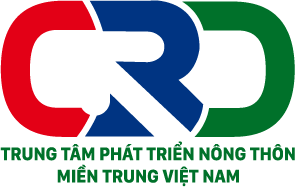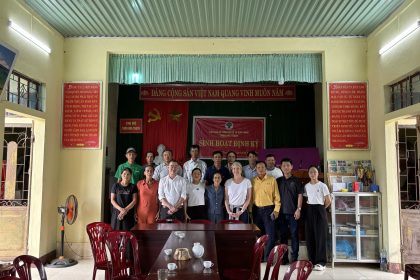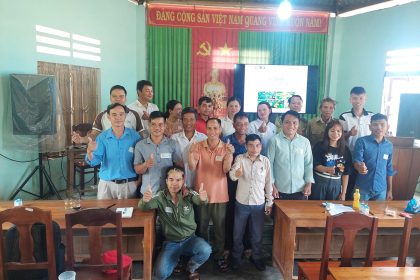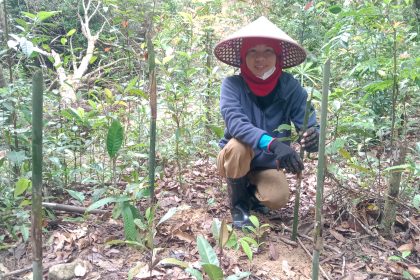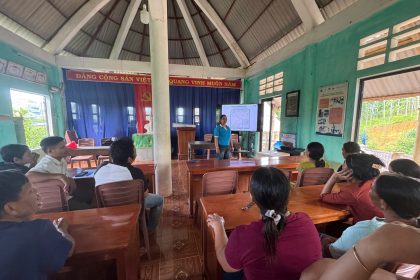- Version
- Download 61
- File Size 938.82 KB
- File Count 1
- Create Date 08/02/2023
- Last Updated 08/02/2023
A B S T R A C T
We investigated the impact of growing introduced forages on cattle production in three communes (Cat Trinh, An Chan and Phuoc Dinh) in South Central Coastal Vietnam. New forages, management, and feeding practices were introduced to 45 selected Best Bet Farmers (BBF) using participatory-adaptive methods over a 3-year period. The BBF changed their cattle production system from grazing and harvesting of native forages to partial grazing plus stall-feeding of cultivated forages. This changed production system reduced the labour time for the BBF because they spent less time managing and cutting native forage for their cattle. The reduction in labour time enabled farmers to re-allocate saved labour to diversify their activities, and increase household income and social interaction within the community. The process succeeded because the BBF accepted the new forage species and applied the new farming practices delivered within a participatory-adaptive framework. The smallholder farmers’ acceptance and ownership of proposed techniques are important for optimising livelihood benefits and ensuring the scaling-out of such techniques to other farmers.
Keywords: Best bet farmers; Cattle production; Labour saving; Livelihood; Participatory-adaptive
- Introduction
Livestock production is the primary livelihood source for around one billion poor people around the world [1]. Improved animal husbandry is a fundamental step in helping poor rural communities out of poverty in developing nations [2]. According to Delgado [3], livestock are important to rural livelihoods, and function as living assets, which contribute to food consumption, household income, and well-being.
Per capita meat consumption in Vietnam has increased since 1990. During the 2000s, the average per capita meat consumption in Vietnam increased faster than in the region or the world. From approximately 20 kg/capita/year in 1999, it increased to nearly 50 kg/capita/year in 2009 and 55 kg/capita/year in 2013 [4]. Rising demand for meat creates significant opportunities to increase the benefits gained by smallholder farmers from their livestock and increase income as sales increase and markets develop. However, to date in Vietnam there have been few studies focusing on the ability of smallholder farmers to take advantage of these opportunities [5,6]. Despite increasing beef demand, the number of cattle in Vietnam declined from 6.7 million cattle in 2007 to 5.2 million cattle in 2012 [7] due to the high cost of imported concentrates for feeding cattle, outbreaks of animal disease, lack of market linkage, and poor management skills. The Vietnamese government has identified strategies to develop cattle production to meet the increasing demand and to benefit smallholder farmers [8]. These strategies need to examine fundamental constraints, including limited availability and quality of feed supply, especially in the dry season; and poor capacity to improve cattle productivity through means such as improved cattle feeding, housing, and management practices.
